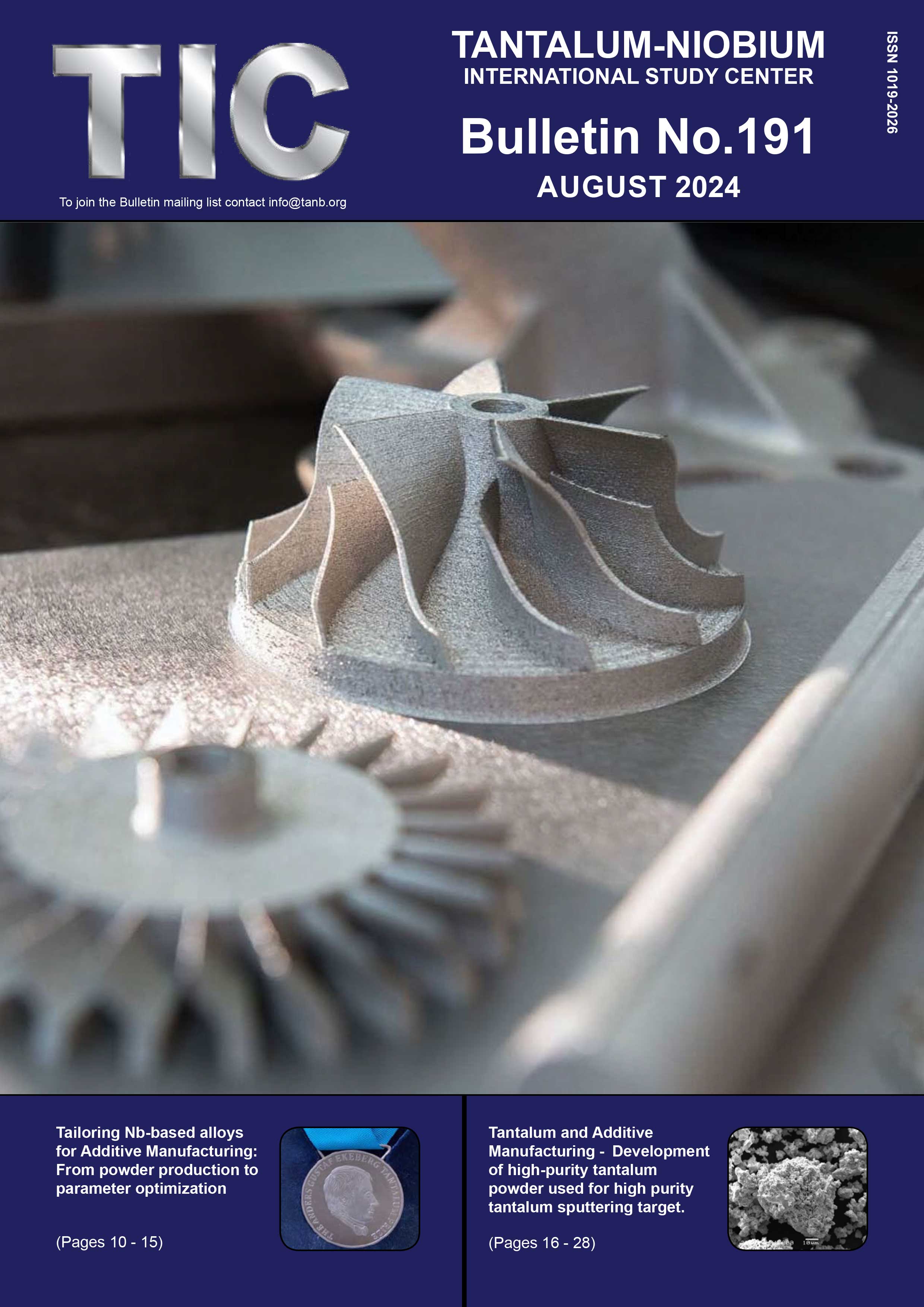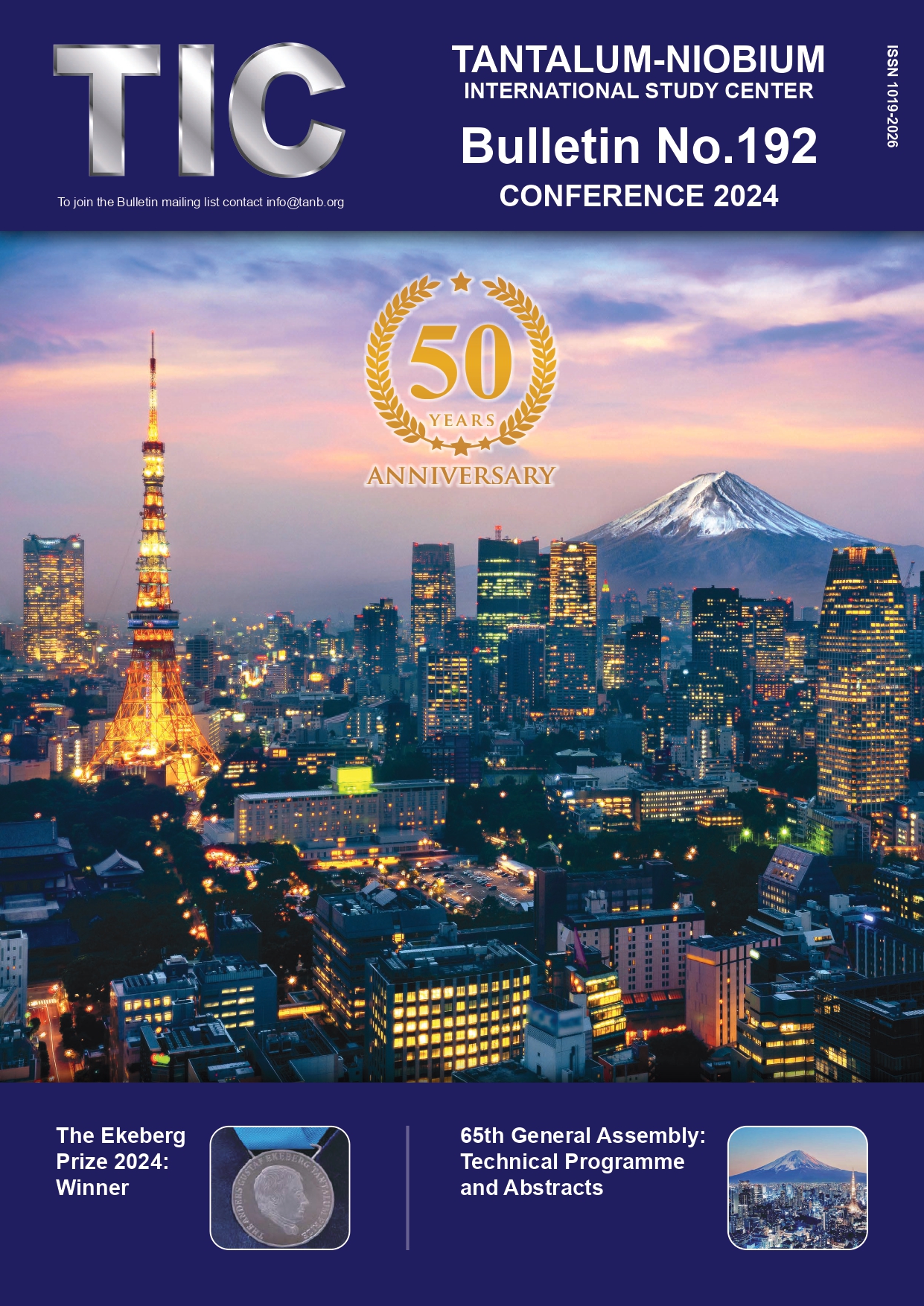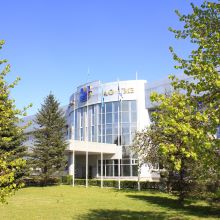Magnetic resonance imaging (MRI)
 |
|
| An image made using MRI of a human head |
Magnetic resonance imaging (MRI) makes an immeasurable contribution to improving human health. Every day MRI machines help medical professionals save and improve countless lives around the world. It is estimated that over one million people are still alive as a direct consequence of MRI, an achievement made possible by niobium-titanium superconductors.
MRI is used in hospitals as a precise and non-invasive diagnostic tool to examine patients. It is widely used in the diagnosis of cancers, neurological and cardiac disorders because unlike conventional radiography (x-ray) and computed tomography (CT) scanning, MRI imaging techniques do not expose patients to potentially harmful ionising radiation. The market is growing steadily and today there are some 36,000 MRI machines in hospitals and medical centres around the world.
MRI is a radiology technique that uses magnetism, radio waves and a computer to create images. The principles behind it were once elegantly described by the legendary Danish physicist Niels Bohr in the following way: “They put little spies into the molecules and send radio signals to them, and they have to radio back what they are seeing”. It is a summary that is hard to improve.
The physics behind MRI is nuclear magnetic resonance (NMR) which describes how the protons and neutrons in an atom do not behave like the clusters of small balls as is taught in schools, but more like “gyroscopes that spin about their axes in random directions, generating their own minute magnetic fields” . If one can measure those magnetic fields then it becomes possible to know what type of atom is at that one-dimensional point. NMR first changes the orientation and energy level of atoms by placing the sample in a strong magnetic field and exciting them with a pulse of radio waves, and then by listening for the faint but characteristic radio frequency energy (resonance) which the atoms emit as they relax. Since different atomic nuclei resonate at a different radio frequency in a given magnetic field NMR spectroscopy is able to determine the molecular make-up of chemical compounds.
MRI uses the principles of NMR, but the majority are tuned to detect hydrogen nuclei, which are abundant in the body's tissues in the form of water. The relaxation times of hydrogen vary according to the type of body tissue in which they are found. MRI gathers vast quantities of data from multiple slices through the sample to make two- and three-dimensional images showing the different body tissues present in the sample.
And behind all the science, giving health and longevity to millions of people, are cryogenically cooled niobium-titanium superconducting electromagnets.
For more information about how niobium makes MRI possible see Bulletin newsletter #170 (July 2017)





